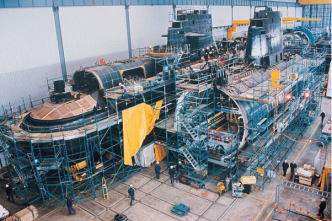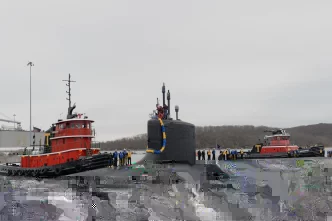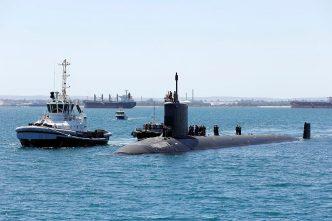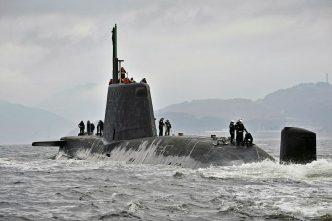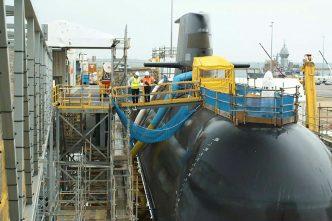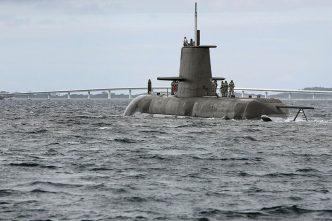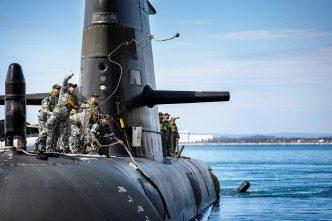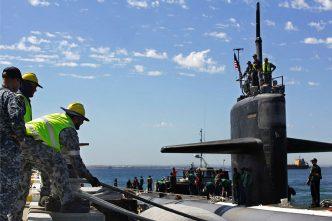I have previously argued for Australia to take an active role in the design and procurement process for the nuclear-powered, conventionally armed submarine (SSN) to be acquired under the AUKUS agreement with the US and …
The SSN AUKUS ‘optimal pathway’ calls for the UK to build the first of the nuclear powered and conventionally armed attack submarines at Barrow in Furness, starting as early as the late 2020s. The submarine …
In a recent article for The Strategist I painted a depressing picture of the UK’s submarine capability—a force undercapitalised, with inadequate facilities, short of personnel and unable to get its nuclear-powered attack submarines (SSNs) to …
Britain’s Royal Navy has advertised for a suitably experienced individual to fill the role of its director of submarines, a rear admiral who acts as the senior, professional head of its submarine arm. The position …
The September 2021 announcement of Australia’s transition to nuclear-powered attack submarines (SSNs) under the AUKUS program indicated that ‘at least eight’ would be acquired. More recently, the rhetoric has firmed up to eight, with the …
British media reports indicate that the UK Ministry of Defence intends to sign a contract with BAE Systems for the ‘detailed design and long lead items’ of a new class of submarine. I wonder what …
Recent statements by Defence Minister Richard Marles and Prime Minister Anthony Albanese have flagged an early outcome from the defence strategic review—the intention to acquire an ability for Australia to hold an adversary at risk at long …
In my previous post, I suggested that Australia has insufficient submarine personnel to start a transition to nuclear-powered attack submarines (SSNs) while maintaining its existing operational capability to deploy at least two Collins-class submarines in …
Submarines provide a unique, asymmetrical capability, giving the Australian government a range of options not offered by other platforms. Their critical importance has been emphasised in multiple defence white papers, most notably since 2009 when …
I should start by affirming my support for Australia’s transition to nuclear-propelled attack submarines, or SSNs, as my detailed study, delivered to the Department of Defence in 2013, and my public advocacy implies. I think …
In the first post in this series, I considered the structure of the safety regimes needed to independently audit the Royal Australian Navy’s procedures and training to operate a nuclear-powered submarine (SSN), along with the …
In my last post, I explained the need for dual lines of responsibility for nuclear safety, with civilian authorities answerable to a minister other than the minister for defence to provide a degree of independence …
